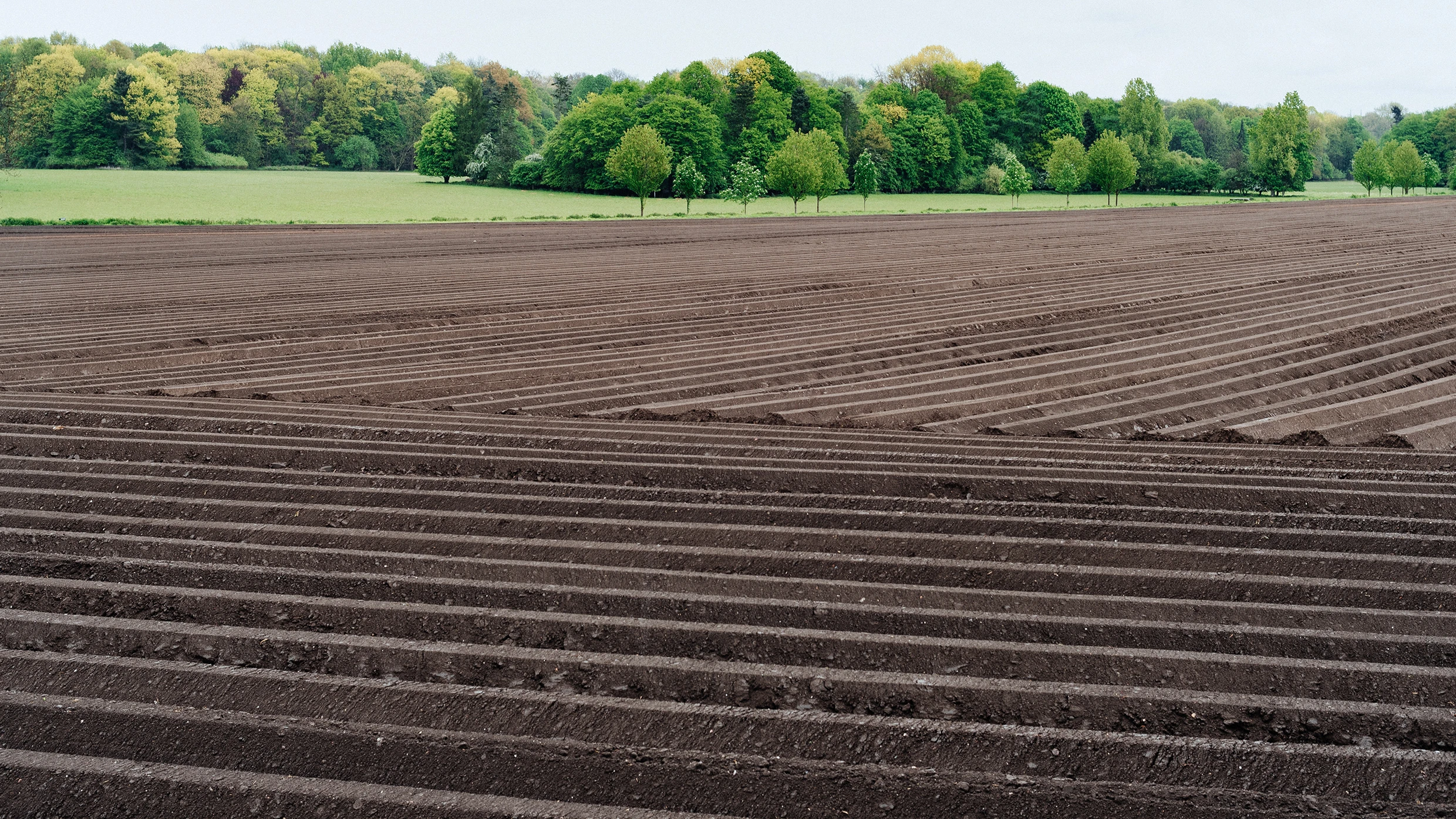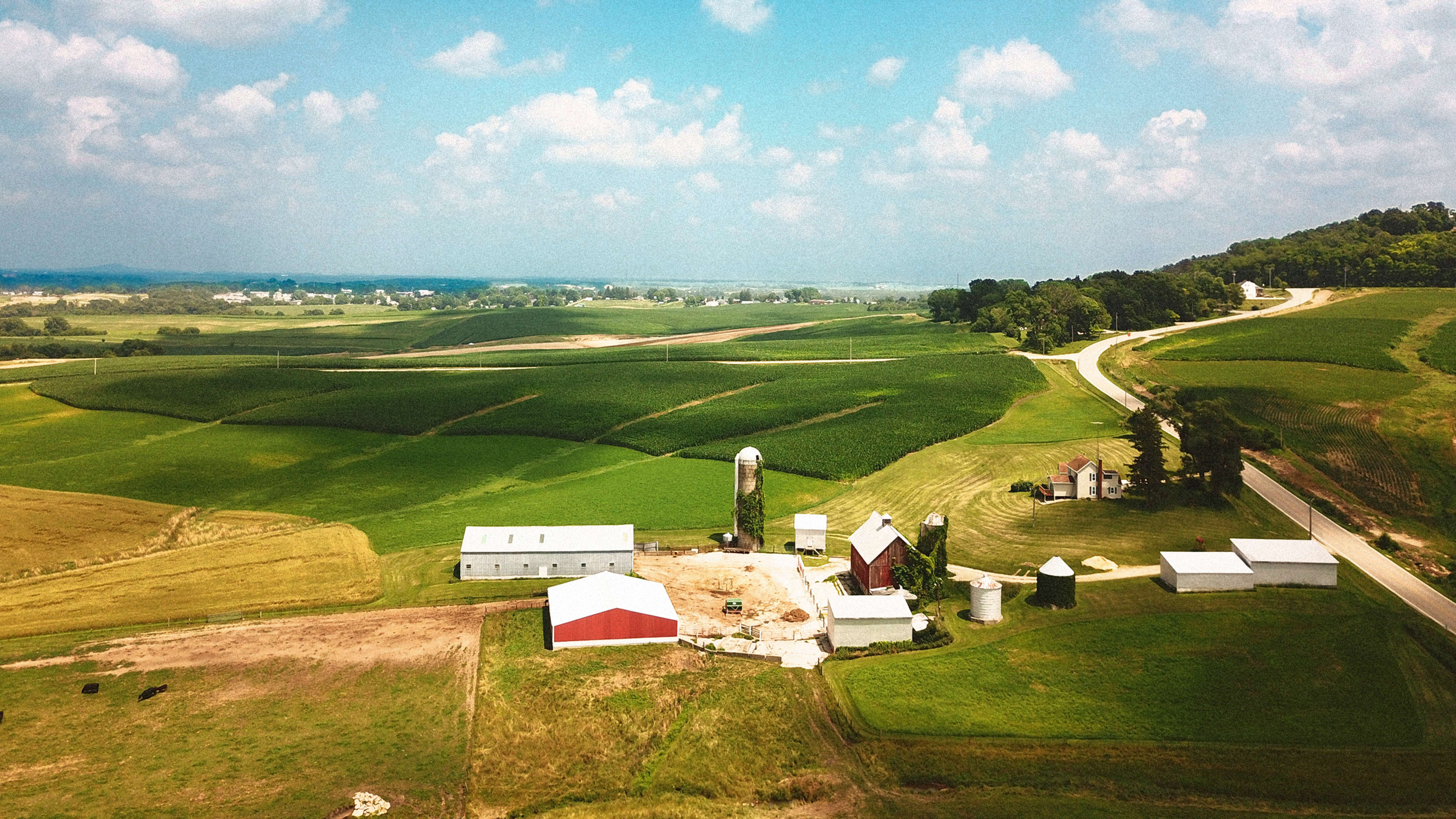One of the biggest solutions for the climate isn’t as obvious as wind power or electric cars. But if farmers make changes to the way they manage soil on farms—and that happened on farmland globally—it could theoretically suck a trillion tons of CO2 from the atmosphere, or as much as humans have emitted since the Industrial Revolution.
The changes aren’t particularly complicated, and involve things like rotating crops, planting cover crops, and avoiding tilling the soil. These “regenerative agriculture” techniques also aren’t new, though they became less common with the advent of modern agriculture, as techniques like plowing released carbon that had been stored in the ground. To go back, a new marketplace called Indigo is trying to incentivize farmers by connecting them with companies and others who want to pay for carbon offsets.
“What we’re talking about is the most hopeful thing I know about with regard to climate change,” says David Perry, CEO of Indigo Agriculture, a company that develops tech to improve sustainability on farms (and one of Fast Company’s Most Innovative Companies) and which developed the new marketplace, called Indigo Carbon. “Almost everything that’s talked about with regard to climate is in the millions of tons [of carbon removal], or the largest initiative might be a gigaton. But the problem is on a trillion-ton scale.” A trillion tons is a teraton, and so punning off that, the company is launching what it calls the “Terraton” initiative, of which the marketplace is a part.

Like new technology designed to suck carbon dioxide out of the air, work on farms can help tackle the problem of CO2 already in the atmosphere. But while carbon-sucking machines can cost $100 per ton of sequestered CO2, changes on a farm can happen much more affordably. “For around $15 or $20 a ton, we’d be providing farmers a really compelling reason to change practices,” says Perry. Each acre might sequester two to three tons of carbon a year. That payment, he says, could potentially double the salaries of farmers who are struggling to make ends meet. The company will offer a guaranteed rate of at least $15 a ton for the first 12 months.
There are challenges to making a marketplace like this work, beginning with the fact that it’s currently time-consuming to measure how much carbon content is actually in the soil on a farm. Indigo will use both soil sampling and modeling to measure carbon, though it’s actively working on new techniques that can help scale the process up faster, including analysis of satellite images. (The company is also launching a competition to encourage entrepreneurs to develop more solutions both for measurement and helping farmers maximize the amount of carbon they can capture.) The company will have to continue monitoring the soil over a period of years, since carbon levels will continue to change. Farmers are only paid based on the amount of carbon that Indigo calculates has been captured.
Another challenge is cost—to make it worthwhile for farmers to make the changes, companies and other buyers looking to offset their emissions will need to be willing to pay something like $15 a ton. Perry argues that demand is growing, and companies are looking for ways to significantly invest in solutions. Shell, for example, recently committed $300 million over the next three years to support natural ecosystems such as forests. Apple invested in protecting a mangrove forest because of its ability to sequester carbon. Many food companies are already supporting regenerative agriculture. Last year, General Mills launched a version of Annie’s macaroni and cheese that touted the fact that the wheat in the product helped fight climate change, and the company announced this year that is was supporting regenerative agriculture on a million acres of farmland. Apparel companies are also interested; the North Face sold a “climate beneficial” hat made from wool produced on ranches using the same type of techniques. It seems likely that other companies would be willing to pay for credits.
Indigo is also partnering with the nonprofit Soil Health Institute to launch the longest study of soil carbon to date. It will involve tens of thousands of farms and last more than a decade.
At a time when the conversation about climate change is increasingly grim, Perry says that the prospect of what some call “carbon farming” makes him optimistic. “All the [current] discussion is sort of like how do we run toward the cliff, just not quite as fast,” he says. “And the interesting thing about the potential for agricultural soil to sequester atmospheric carbon is it allows us to back away from the cliff. It’s not just doing less damage. It’s actually starting to undo some of the damage that we’ve already done.”
Recognize your brand’s excellence by applying to this year’s Brands That Matter Awards before the early-rate deadline, May 3.
